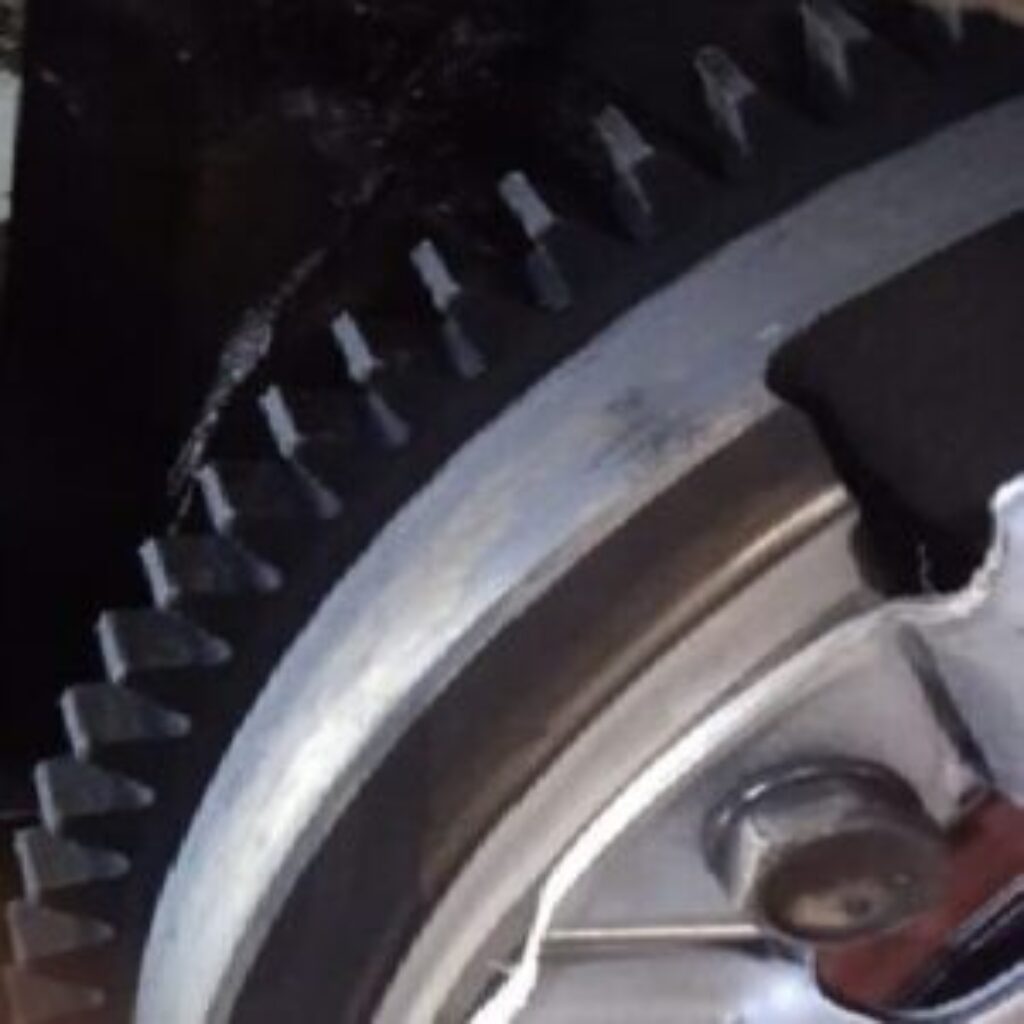Engine flywool

When the flywool is first rotated an external force is required. Like Self, Handle | When the flywool is rotated, it exerts a force equal to its own weight in the flywool. How much force is produced in the flywool depends on the applied force and time + displacement. This is Newton’s law! When the piston starts moving upwards, all the walls are in closed state, at that time air pressure has to be created to move the piston upwards. Then the force generated in the flywheel helps the piston to create air pressure. Oxygen air pressure is necessary to start or rotate the engine. Due to which the oil burns at the upper level of the piston, then a bomb-like force is applied on the piston and the piston moves downwards at a high speed. Some force gets accumulated in the flywool. Some force is used to rotate the engine, the force that is left is used in some other work.
Engine flywheel – also called engine balance. The function of the engine flywheel is simply to keep the engine’s compressor running at a particular speed, i.e. to reduce the air pressure force of the engine to 0 at a particular speed. If the engine rotates smoothly with low oil consumption even at minimum speed, the weight of the engine flywheel is correct.
The engine cannot be started until the flywheel is connected to the crank. Because it is the engine flywool that breaks the compressor of the engine piston. That is, it creates air pressure, which helps in moving the piston of the engine upward in compressor mode.
When the piston is at the top, the temperature increases due to increased air pressure. Due to which oil burns on the piston. Due to which power is generated in the engine and the engine runs.
→ See More Vle One HomeFurniture-ideaNaturalHosting HomeClient areaWordpress